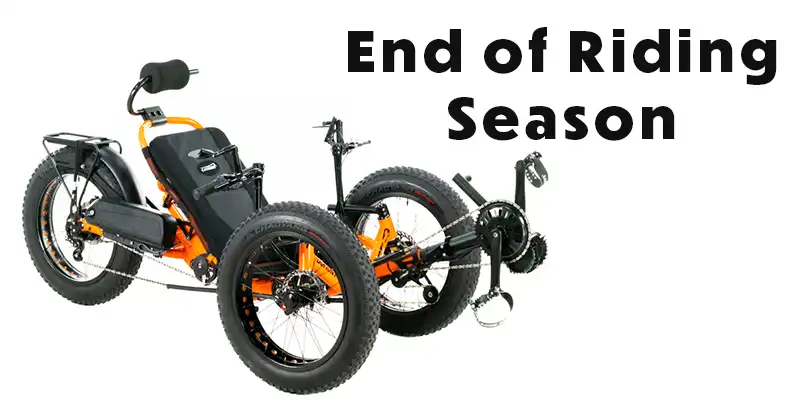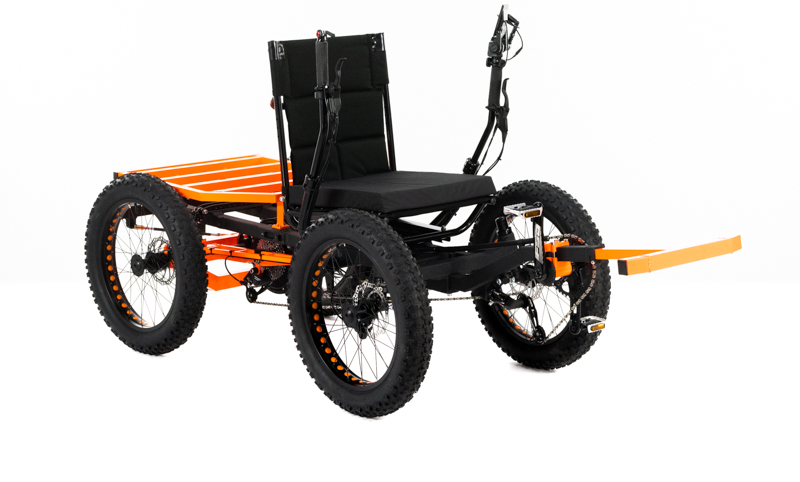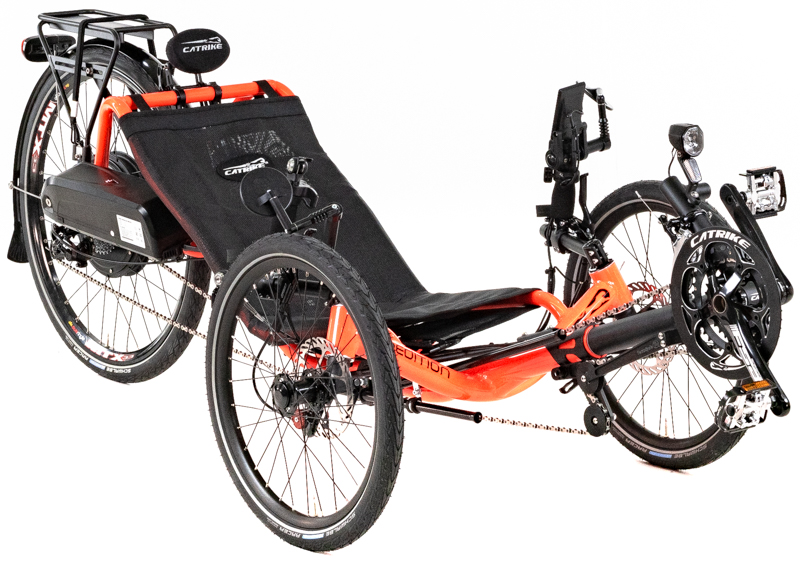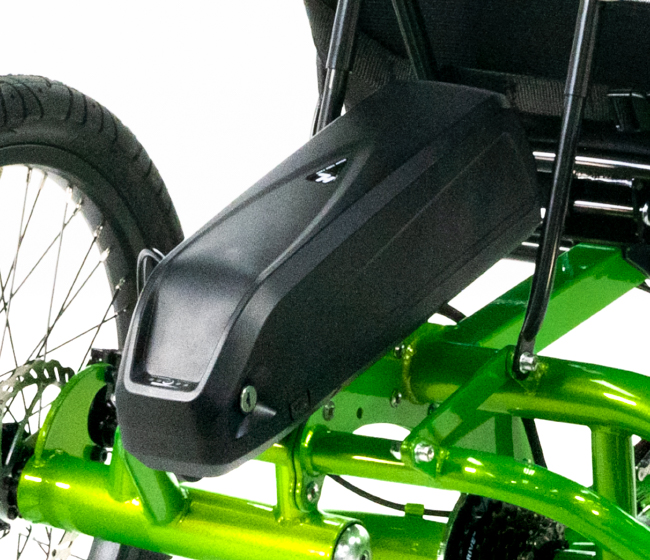

10 Before the End: Things to Check on Your Trike Before the End of Riding Season
Published on 10/28/2024
With riding season coming to an end in many places, many riders may find themselves wondering what they need to do to make sure there trike is in good condition before being stored until next season. In this article we're going to dive in to 10 things to check on your trike to make sure that when you take it out of storage it'll be ready for next season.
10 Tips for the End of Riding Season
10. Tires and Tire Pressure

The first thing you'll want to do when preparing to store your trike is inspect your tires for wear and tear. Check for any cracks, thinning tread, and punctures. If you see any signs of excessive wear or damage we recommend replacing your tires.
Next you'll want to check your tire pressure. Inflate your tires to the recommended pressure before storing, you can find the recommend pressure on the side wall of your tires. Over time, tires can lose air, so ensure that your tires stay inflated at the right tire pressure so you can avoid flat spots appearing during storage.
9. Brakes
The next thing that you'll want to check is your brakes. First you'll want to check your brake pads. If your brake pads appear worn down to the indicator lines or they or less than 1-2 mm thick we recommend that you replace them.
Next you'll check your brake cables: Inspect your brake cables for and fraying or rust. if you have hydraulic brakes, check to see if there is any fluid leaks. If you find that there is any damage done either replace them or take your trike to you local bike or trike shop for repairs.
Lastly you'll want to check your brakes: Squeeze your brakes to make sure that they engage smoothly and stop your trike effectively. If your brakes do not engage smoothly go back to the steps ahead and see if there is something you missed. If you can not find the problem take your trike to your local bike or trike shop to have it inspected.
8. Chain and Drivetrain
The next thing you'll want to check on your trike is your chain and drivetrain. You'll start by cleaning and lubricating your chain, sprockets, and derailleur. Make sure to take extra care to remove all dirt and grime that built up over the riding season. Be sure to lubricate your chain with good quality chain lube to prevent rust.
Inspect your chain for any signs of wear or stretching. A worn chain can end up damaging your sprockets so it's necessary to replace if needed.
Next you'll want to test your gears and shifting. Test your gears to make sure that they're shifting smooth. Check your derailleurs alignment and adjust if the chain is skipping or if shifting is rough.
7. Frame and Joints

Inspect your frame for any cracks, dents, or rusts spots that may have appeared. Pay special attention to the joints and the weld points. Be sure to repair or touch up any areas that may be showing any signs of corrosions or damage. If the damage is extensive be sure sure to contact your dealer and the manufacturer of your trike to see if it is covered under warranty.
Check all of the bolts and joints on your trike. Ensure all bolts, nuts and joints are tight. Over time they can loosen from regular riding.
6. Pedals and Cranks
Check your pedal bearings spin the pedals and listen for grinding or stiffness which could indicate worn bearings. Replace and lubricate your bearings as needed.
Inspect your crank arms for any cracks or looseness. Be sure to tighten and replace as necessary.
5. Cables and Housing
Inspect the cables and housing for any fraying or kinks. Look for wear on the gears and brake cables, especially near the ends or where they enter the housing. Replaces on cables that show signs of damage.

4. Battery
Make sure that your battery is charged before storing. We recommend that if you live in a cold or wet area you disconnect your battery from your trike and store in a dry moderate temperature place. Extreme temperatures can damage your battery so be mindful of that while storing.
3. Seat and Handlebars
Check your seat before storing. Look for any tears or damage to your seat. If you have an adjustable make sure that it still moves smoothly and can be locked securely in place.
Inspect your handlebars and https://www.utahtrikes.com/UTCAT-481.html">grips and check for any looseness. Tighten bolts as needed and replace grips that are overly worn or uncomfortable.
2. Rust Prevention and Storage Preparation
Before storing your trike make that it is clean and dry. This helps prevent rust or corrosion from occurring from dirt or moisture.
When preparing to store your trike picking the right storage spot is key. Choose a cool dry place away from direct sunlight and moisture. Be mindful also of extreme temperatures or humidity that could cause damage to delicate components.
If possible we recommend covering your trike with a cover to protect from dust and dirt. You can view different covers we offer here.
1. Final Test Ride
After you've finishing inspecting everything on your trike you're ready for your final test ride. While on your test ride make sure that everything is functioning properly. After that your ready to store your trike until next riding season.
Get Out and Ride
We hope this article helped you learn everything you need to make sure your trike is good condition at the end of riding season. If you have any questions about upgrades that can be done at the end of riding season, send us an email at trikes@utahtrikes.com.




